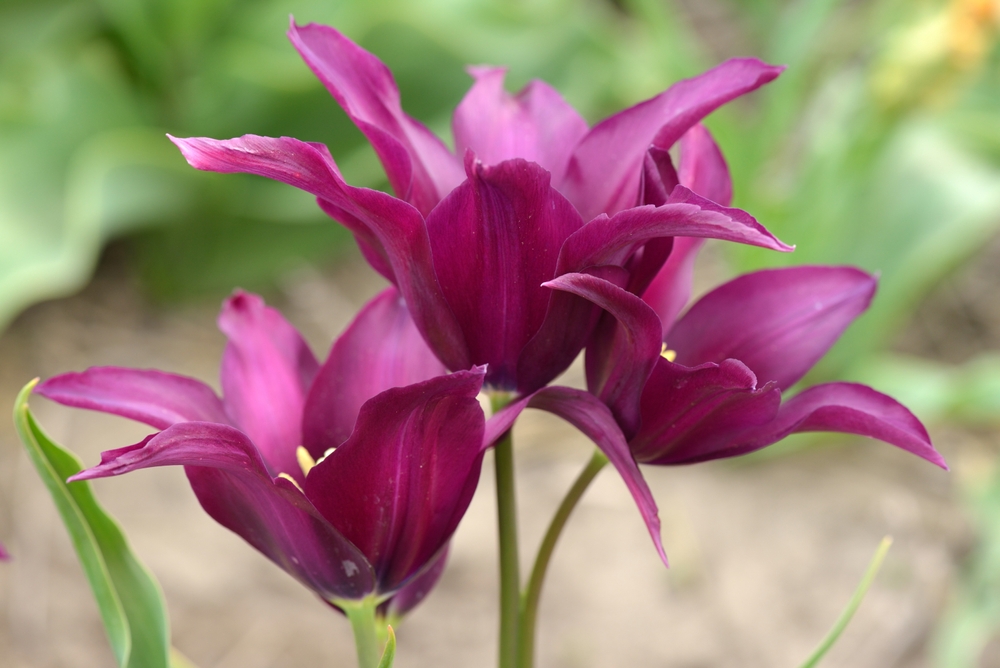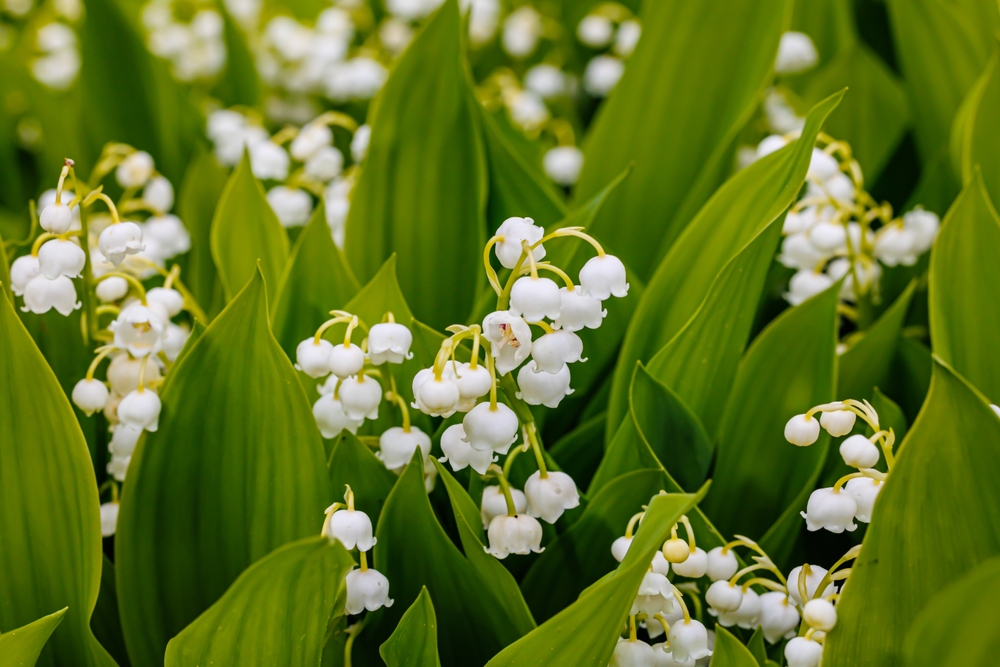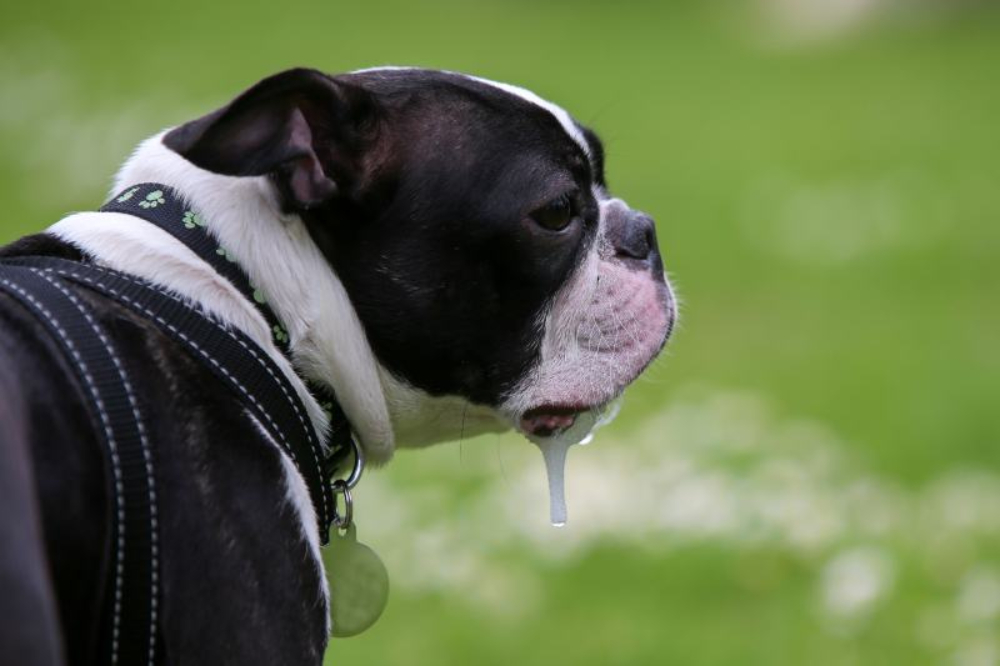Flowers is also pretty, nonetheless there are positively quite a few available on the market that will pose extreme risks to your pets. Do you have to stick with a canine, it’s important to know which crops are safe. The lily family (Liliaceae)which includes about 15 genera and roughly 610 species, is very relating to. Whereas crops from two genera on this family, Lily (True lilies) and Hemerocallis (Day lilies), are deadly toxic to cats, their toxicity in canines stays unconfirmed. The extent of toxicity to canines of crops throughout the Liliaceae family varies all through species, with some being nearly harmless whereas others being extraordinarily poisonous. To complicate points further, some crops that aren’t actually lilies nonetheless embrace the time interval ‘lily’ of their names, together with to the confusion.
We’ll definitively say that these crops are additional toxic to cats than canines resulting from their varied physiologies. Probably the greatest advice we’re capable of present is to stay away from together with any lilies to your yard or as houseplants in your own home whenever you’ve bought a pet. Prevention is by far the simplest treatment.

Examples of Toxic Lily Species
Lilies as a gaggle are quite a few. We’ll say most species are perennial bulbs. Many species have showy flowers or are aromatic. Scientists talk about with these of the Lily genus as a result of the true lilies. Many cultivars go by their scientific establish, making understanding this knowledge useful.
Canine are weak to unintended poisoning resulting from their consuming habits. Many pups eat one thing they uncover, making canines additional susceptible to alter into victims. That’s why we advocate avoiding any lily plant altogether since most accidents occur throughout the pet’s home. As outlined, the diploma of toxicity varies with the species. As an example, the Easter lily (Lilium longiflorum), which belongs to the Lily genus, simply is not documented as toxic to canines, nonetheless this may be very toxic to cats.
Species of crops throughout the Liliaceae family which may be toxic to canines—and cats as successfully—by the use of assorted toxins embrace the following:
- Tulip (Hearth species)
- Hosta (Hosta plataginea)
- Climbing lily (Fantastic and proud)
- Lily of the valley (Convallaria majalisspp.)
- Lily of the palace or Barbados Lily (Hippeastrum)
Learning regarding the hosta, or plantain lily, shocked us, given how well-liked the plant is for landscaping. Hostas comprise saponins, which set off gastrointestinal points in canines, cats, and horses after consuming them. Notably, rabbits and deer can eat them with out struggling any sick outcomes. Rutgers New Jersey Agricultural Experiment Station lists it as one in every of many least deer-resistant species. Nonetheless, the takeaway is that toxicity varies with the animal. So, just because wildlife can eat a positive plant doesn’t suggest it’s safe to your canine.


Completely different Species of Crops Referred to as Lilies
There are a selection of crops generally known as lilies nonetheless are actually members of varied households. “Lily” has come to suggest any equally wanting flower, and likewise you’ll uncover quite a bit variation on this guidelines. Toxic species to canines that do not belong to the Liliaceae family embrace the following:
- Lily of the valley (Convallaria Majalis)
- Calla lily or Trumpet lily (Zantedeschia spp.)
- Wild daffodil or Lent lily (Narcissus pseudonarcissus)
- Lily of the palace or Barbados Lily (Hippeastrum)
- Peace lily (Spathiphyllum)
- Impala lily (Adenium obesum)
- Flamingo lily (Anthurium scherzeranum)
We’ve included the scientific names of all these species since many have quite a few frequent names, further complicating their classification. Some crops have “spp.” after their genus establish to level that many species exist beneath that umbrella, along with many cultivars. Toxicity exists regardless of the specific individual species.



 Indicators of Poisoning
Indicators of Poisoning
The variety of crops on our guidelines solely scratches the ground of the issues with lilies. The symptoms of poisoning may also differ as a result of exact toxin and its outcomes. As an example, wild daffodils and lily of the palace comprise a toxin known as lycorine. This alkaloid is accountable for the indications of poisoning that observe the ingestion of this plant: vomiting, nausea, mouth irritation, stomach ache, and diarrhea.
A number of the frequent indicators of poisoning is vomiting. A canine solely should eat one bulb to point indicators of toxicity. The toxin is very concentrated throughout the bulb, nonetheless ingestion of the leaves is equally worrisome.
Completely different crops, comparable to calla lily and peace lily, comprise insoluble calcium oxalate crystals, which can set off mouth irritation when ingested or chewed. These crystals can lead to indicators like drooling, subject swallowing, pawing on the mouth, vomiting, and swelling of the lips and tongue.
Lily of the valley is very dangerous as a result of it contains toxins that will adversely impact your pet’s cardiovascular system. Puppies and senior canines are on the perfect hazard. Tulips are moreover extraordinarily toxic resulting from their tulipalin A and B content material materials, which causes drooling, vomiting, despair, and diarrhea. The perfect focus of these chemical substances are throughout the bulbs and there is no recognized antidote.
The most common indicators of toxicosis embrace the following:
- Vomiting
- Drooling
- Diarrhea
- Lack of urge for meals
- Lethargy
- Abdomen ache
- Seizures



Prognosis and Treatment
As a result of species selection, there are quite a few mechanisms of movement as regards to unintended poisoning. That, in flip, impacts the treatment and prognosis. Do you have to suspect your canine has eaten lilies or any poisonous plant, immediately contact your vet or the ASPCA Animal Poison Administration Center hotline (888-426-4435).
💛 🐶 Talk To a Vet On-line From the Comfort of Your Couch!


If that you have to talk with a vet nonetheless can’t get to no less than one, head over to PangoVet. It’s an web service the place you’ll communicate to a vet on-line and get the custom-made advice you wish to your pet — all at an moderately priced value!
Purchase a couple of of the remaining crops to take to the clinic with you for proper identification, if potential. You could as nicely snap a picture collectively along with your smartphone. In case your pet isn’t exhibiting indicators, your vet may elect to induce vomiting. Extra treatment depends on the toxin and might potential embrace supportive care, comparable to intravenous fluids and anti-nausea treatment.
Rapid movement is essential since many flora species comprise doubtlessly life-threatening toxins. Issues from unintended poisoning may include organ harm, requiring additional care and potential hospitalization.


Prevention
Retaining these crops out of your yard and home is the simplest prevention. We strongly urge you to evaluation any species to ensure it is safe for pets. Don’t assume your canine will depart them alone. A bored animal will uncover points to do, even stuff they shouldn’t, like consuming toxic crops. Many are bitter and can deter your pup from ingesting them. Nonetheless, that’s not a solution nor a sensible method.

 Closing Concepts
Closing Concepts
An entire bunch of lily species exist, with varied ranges of toxicity. As an example true lilies and day lilies are extraordinarily toxic to cats, whereas not notably unsafe for canines. Nonetheless, totally different crops that belong to the Liliaceae family are toxic to canines, and many totally different crops going by the lily establish are moreover poisonous to canines and totally different pets. Subsequently, we solely advocate pet-safe crops in your own home or yard to cease unintended poisoning. By choosing pet-safe crops, you’ll get pleasure from the wonderful thing about nature with out inserting the one you love companions in peril.
Featured Image Credit score rating: Bhupinder Bagga, Shutterstock




